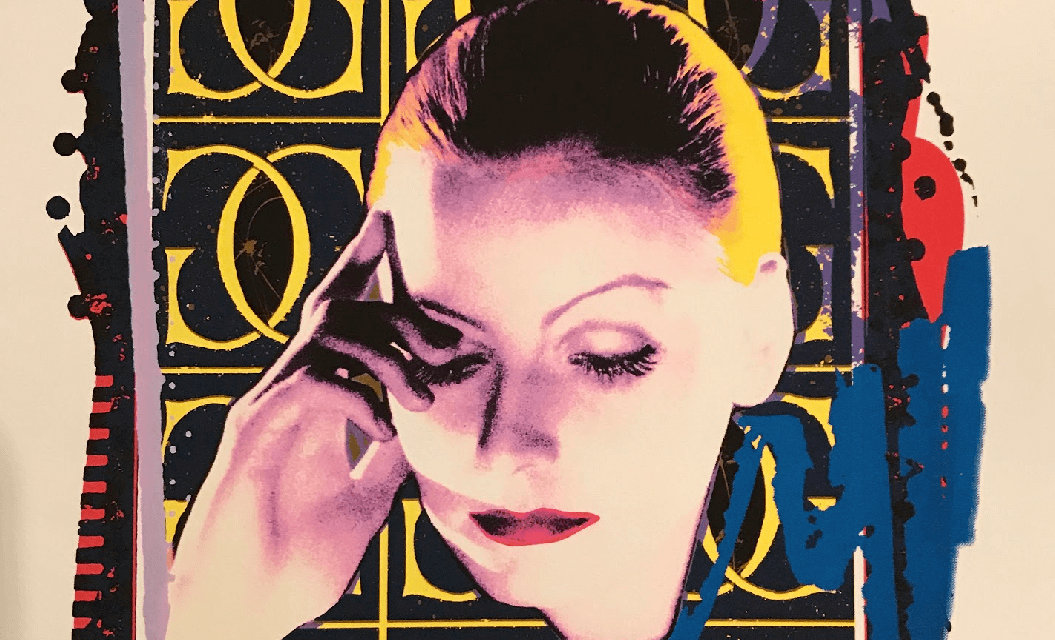Written by Dr. Ricardo Romo
In the past few decades the undecided and independent voters have proved a significant force, often the tipping point in critical presidential elections. In the presidential election of 2000, the independent voters secured an electoral college victory for George W. Bush over Al Gore. In the most recent presidential election of 2016, the undecided voters came through for Donald Trump over Hillary R. Clinton in key electoral states.
This year’s state and local elections are as important as ever, and the congressional midterm elections across America are especially significant. Does that mean that most registered voters are going to the polls to vote? Not necessarily. The voter group to watch—and those who could make a crucial difference—are the undecided and independent voters.
The undecided voters pose special problems for pollsters and get-out-the-vote groups. Many of these voters will not decide until the last week for whom they will vote. Just who are these voters? In the last two presidential elections they were identified as younger—age 34 and under, moderates, and less educated than other voters.
Over the past few months the media has flooded voters with thousands of political ads. Despite all the political propaganda and mailings, these approaches seem to make little difference to the undecided voters. These voters are not politically engaged and in some cases are turned off by politics.
Studies show that undecided voters generally have the least information about the candidates compared with other voters and thus many might stay away from the polls. Chris Cilliza noted in the Washington Post: “Because so many of those undecided are low information voters, crafting a message that works is next to impossible.”
Nate Cohn of the New York Times wrote that among undecided voters, more than half—56 percent of them— don’t know either candidate. In contrast, more than 83 percent of the decided voters know the candidates and what they stand for. Cohn added that in the Sun Belt districts, “Hispanic voters make up 35 percent of the undecided voters, compared with 25 percent of those who are decided.”
Political analyst Dylan Scott of VOX noted that, “This year’s undecided voters are more moderate and conservative. Scott concluded: “Demographically the undecided voters this year are not highly educated, and probably don’t identify with one party or the other.”
In 23rd Congressional District race, the undecided vote could make a difference. This district is one of the largest congressional districts in America with an estimated 150,000 voters. The election pits the incumbent Republican Will Hurd against the political newcomer, Democrat Gina Ortiz Jones.
In a Siena College Poll of this race, the 23rd Congressional District, the New York Times reported survey results from early September, 2018 that demonstrated that “About 7 percent of voters said that they were undecided or refused to tell us whom they would vote for. On questions about issues, these voters most closely resembled Democrats.”
We don’t know what motivates undecided voters to show up at the polls, and the voting behavior of independents is almost as hard to determine. In a recent article titled “Independents Will Determine the Midterm Elections,” John Tantillo wrote “… the political landscape has changed and both Democrats and Republicans are now the minority parties, and it’s the Independents who rule.”
The evidence for this political shift is in a recent Gallup poll which showed that “most voters are neither Democrats nor Republicans. They are Independents.” As of last month, Independents comprised 44 percent of the electorate, Democrats 27 percent, and Republicans 26 percent.” (Gallup Poll)
The strength of the independent voters varies across the nation. Nowhere are they more visible than in California where they are nearly five million strong. California registered 19 million voters this year with Democrats constituting a large majority with 44.6 percent, Republicans with 25.4 percent, and “no party preference” (independents) at 24.9 percent.
With only a week to go before the midterm elections and many of the races extremely tight, it is no time to take any one group of voters for granted. The expectation is that the undecided and independent voters will play an important role in this election and in the 2020 presidential race. We will see. But no matter what party you are affiliated with, get informed about the issues, and—be sure to vote!

